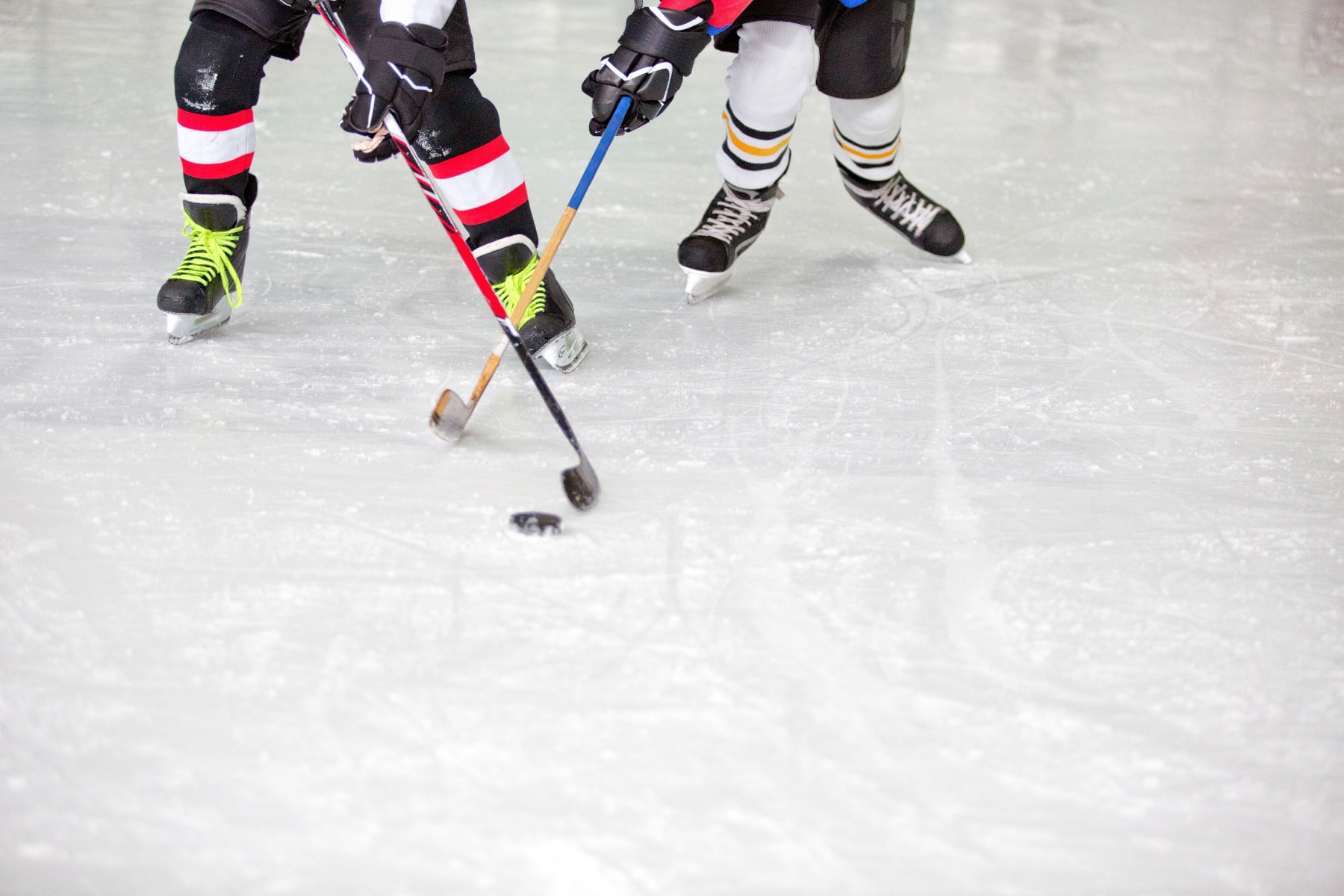The idea that a hockey injury caused by rough play may give rise to legal action is likely a foreign concept to most Canadians who grew up around the game. Hockey is an occasionally dangerous sport and is often played by tough competitors. As such, some degree of risk and the potential of injury is always a possibility.
Although rough hits, cross-checking, slashing and fighting may all draw penalties or even suspensions during a professional game, those actions at the professional level are unlikely (although not without precedent) to draw legal consequences.
For those of us who play recreational hockey, it is important to keep in mind that the game is a social and recreational activity. It is played for exercise and fun and should not have aggressive physical play such as hard hitting, violent cross-checking or other reckless or dangerous actions.
Deliberate acts of aggression intended to cause harm to other players may result in criminal charges including assault. These actions may result in a finding of civil liability against the aggressor and the payment of financial damages to the injured party.
For incidents that may not result in criminal charges, there is nonetheless the possibility that an aggressor may be legally liable if the act was reckless or negligent in the circumstances of the particular game.
A recent Superior Court of Justice case heard in Ottawa, Casterton v MacIsaac, 2020 ONSC 190 outlines the boundary of where on-ice behavior crosses the line and can result in a finding of civil liability. It is important to note that each case is different and liability is determined based on whether the conduct causing injury was out of the ordinary or beyond the bounds of fair play. Factors to be considered are the type of league the game was played in, the applicable rules and the nature of the game.
If a hockey player’s actions cross the boundary of fair play and into reckless, dangerous or negligent actions, a Court may find that the injured player is entitled to financial compensation for pain and suffering, medical and rehabilitation costs, income loss and other damages.
If you are looking to learn more about civil liability for hockey-related injuries please contact me, or one of the other members of our litigation team to learn more about this developing area of law.
Stanford Cummings
Associate – Litigation Law Group
Disclaimer: This article is provided as an information resource. This article should not be relied upon to make decisions and is not intended to replace advice from a qualified legal professional. In all cases, contact your legal professional for advice on any matter referenced in this document before making decisions. Any use of this document does not constitute a lawyer-client relationship. Please note that this information is current only to the date of posting. The law is constantly changing and always evolving.


